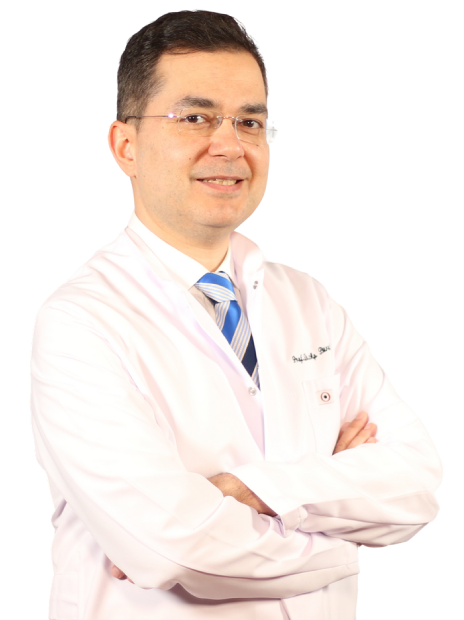Since January 2013, approximately 2800 procedures have been performed in the Interventional Cardiology Department, which has been solving complex cardiac problems with closed methods. With diagnostic and therapeutic procedures, cardiovascular diseases can be tackled using the highest technological capabilities. Both planned and emergency interventions are carried out effectively and safely in our Cardiac Catheterization Laboratory, which operates 24/7.
Myocardial infarction is one of the most life-threatening heart conditions. Time is of the essence for the patient's survival. The time elapsed from the patient's arrival at the hospital to the opening of the blocked coronary artery is referred to as door-to-balloon time. According to international guidelines, this time should be less than 90 minutes, which is an important criterion indicating the center's success. In the NRMI National Registry Study conducted in the United States, the average door-to-balloon time is 89 minutes. In our hospital, this time is 47 minutes, and success within the target time has been achieved in all patients. Another important criterion is the administration of aspirin and ticagrelor to patients presenting with myocardial infarction before the procedure, and our rates for this are 100%.
- We perform angiography and stent placement through the wrist in 95% of our patients.
- Our in-hospital mortality rate from 2013 to 2015 is 0%.
- We place dissolvable stents in 60% of our patients.
- Our total procedure count since January 2013 is approximately 2700.
- We provide very rapid intervention in myocardial infarction.
- Our door-to-balloon time is less than 90 minutes in 100% of cases.
Our Featured Procedures:
- We have the broadest experience in the application of dissolvable stents, which are not used in state hospitals.
- We have the ability to make detailed adjustments during stenting procedures by imaging the inside of coronary arteries (OCT: Optical Coherence Tomography).
- With TAVI procedures, we can intervene as a team for elderly patients with high surgical risk due to aortic valve disease.
Treatment of Structural Heart Diseases with Catheter-Based Techniques
Closure of heart defects:
- Transcatheter procedures guided by 3D TEE (transesophageal echocardiography) through the esophagus.
- Closure of atrial septal defect/patent foramen ovale.
- Transcatheter Aortic Valve Replacement (TAVI) via the groin route without surgery.
* Contents of this page is for informational purposes only. Please consult your doctor for diagnosis and treatment. The content of this page does not include information on medicinal health care at Liv Hospital .
